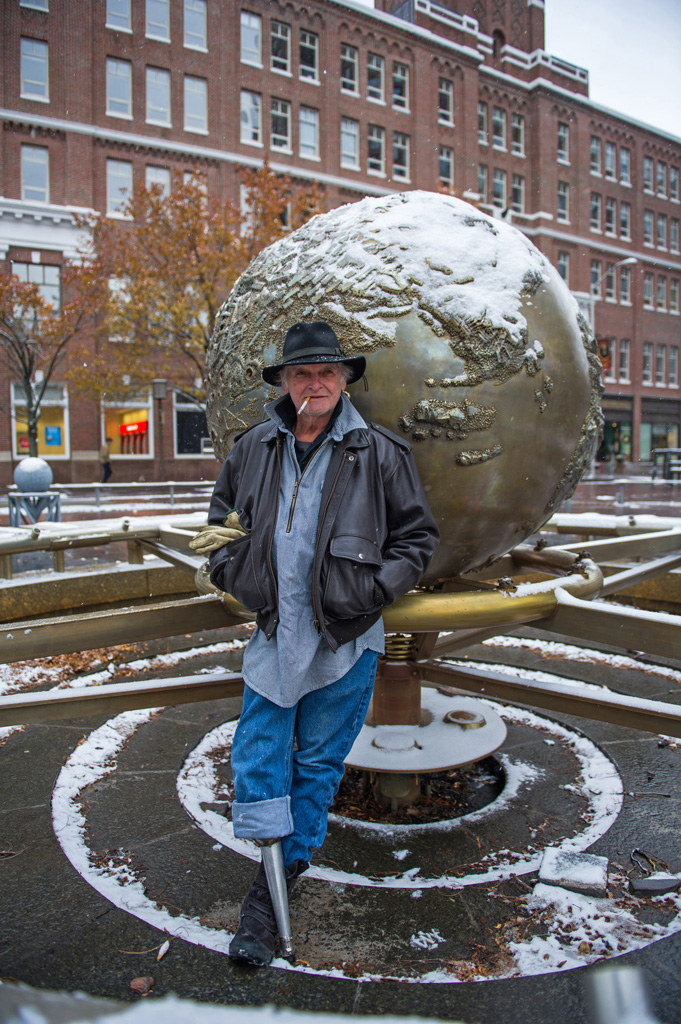Week 6: BioTech + Art
This week's topic, BioTech + Art, deeply interested me. Nature and biology have always intertwined with art; we can see this even centuries ago when troglodytes used minerals, charcoal, and berries as a medium for cave paintings. However, as technology has rapidly evolved, the extent that art and nature are interconnected has deepened.

Cave Painting in the Sahara Desert
 |
| Joe Davis |
 |
| "Audio Microscope" by Joe Davis |
I find BioArt particularly interesting because I can understand the impact that these unique projects have on the scientific and artistic community. However, I can also understand the ethical concerns that arose surrounding using scientific processes for art. It is difficult to determine what biotechnology is ethical, especially when arguments say that it is okay for scientific use but not for art. I think that biotechnology in industry/academia is generally more accepted because it is easier for the general public to understand the "why" of the project. I believe that human creativity should have its limitations to protect valued pieces of life. But often, these limitations are not followed. This being said, I do find BioTech and its relationship with art fascinating, and I am curious to see what future developments will be made.
Sources:
“5 BioArt pt5.” YouTube, 17 May 2012, youtu.be/z7zHIdsFS3A?list=PL9DBF43664EAC8BC7.
Audio Microscope: Joe Davis : Genetics and Culture, geneticsandculture.com/genetics_culture/pages_genetics_culture/gc_w03/davis_audio_scope.htm.
Audio Microscope: Joe Davis : Genetics and Culture, geneticsandculture.com/genetics_culture/pages_genetics_culture/gc_w03/davis_audio_scope.htm.
“Chad's Ancient Ennedi Cave Paintings Defaced.” BBC News, BBC, 20 Mar. 2017, www.bbc.com/news/world-africa-39332438.
Embracinganimal.com, www.embracinganimal.com/.
GFP BUNNY, www.ekac.org/gfpbunny.html#gfpbunnyanchor.
Nadis, Steve. “Creating Art from Microbes and Molecules.” Discover Magazine, Discover Magazine, 12 Nov. 2019, www.discovermagazine.com/the-sciences/creating-art-from-microbes-and-molecules.
Hi Sarah! I really enjoyed how you talked a bit about cave paintings and connected it to what we are learning. I have to agree with you that I also find BioTech and it's relationship with art to be very fascinating. Overall, I really enjoyed reading your blog and I appreciate how you added a picture of cave paintings from the Sahara Desert. It really stood out and I spent a bit of time looking at all the little figures.
ReplyDeleteI love that you began with the cave painting! I think we too often forget that fossils/life are biological components that are frequently represented artistically and sometimes ONLY in that manner. You're exactly right -- technology's rapid evolution has deepened the BioArt connection!
ReplyDelete